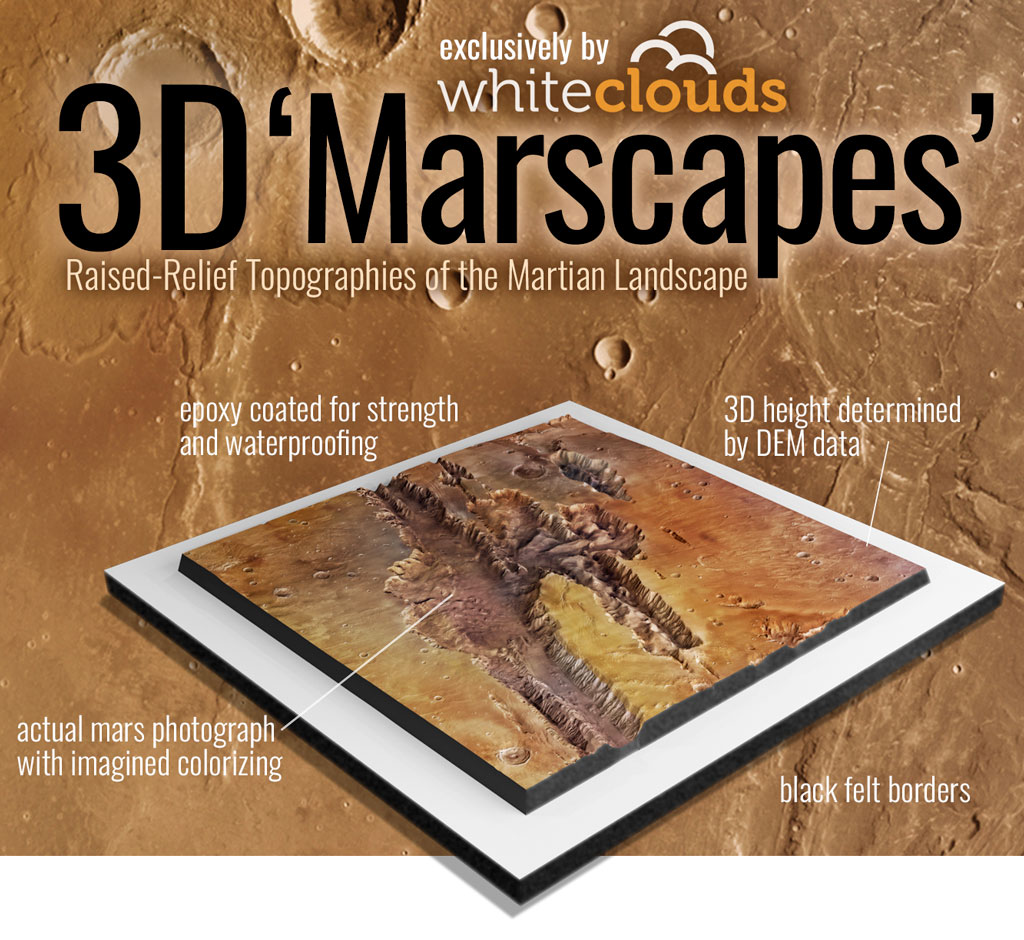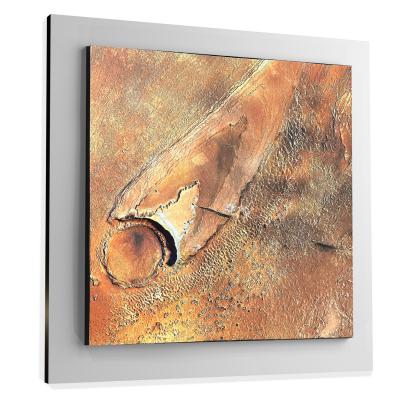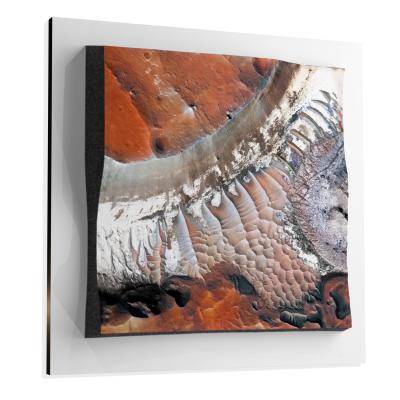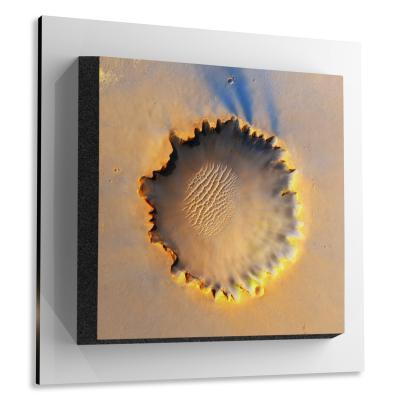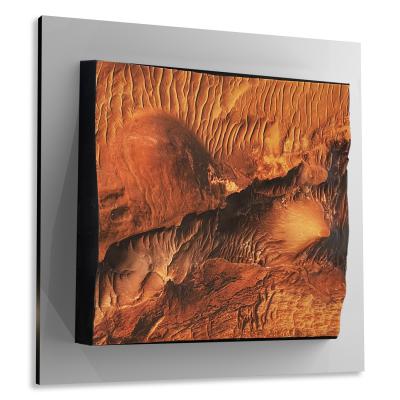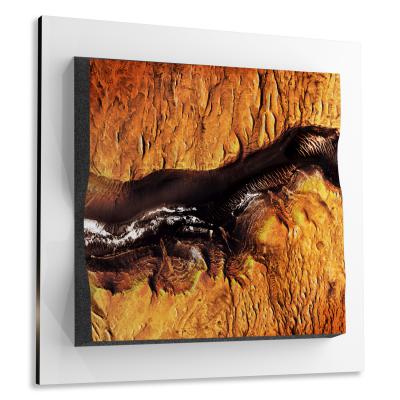South Pole of Mars
South Pole of Mars
We Build Custom 8K Mars Canvas Prints of the South Pole of Mars
Did you know we make
custom
8K Mars Canvas Prints

and
3D Marscapes

South Pole of Mars
The South Pole of Mars represents one of the most enigmatic and intriguing regions of the Red Planet. Characterized by its icy landscape and seasonal variations, this polar region has been the subject of numerous scientific missions and studies aimed at unraveling Mars’ climatic, geological, and potentially even astrobiological history.
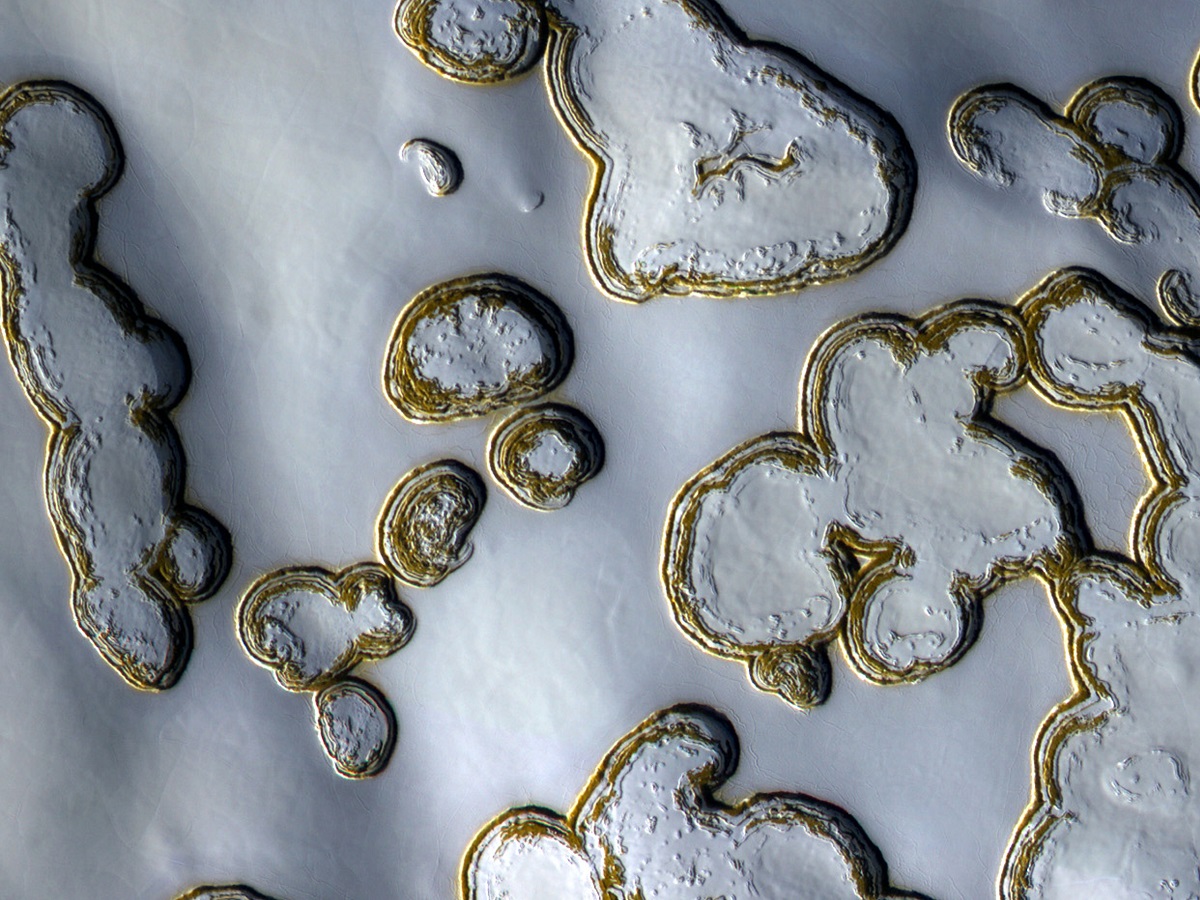 South Pole of Mars
South Pole of Mars
Geographical Location
The South Pole of Mars is situated at the planet’s southern extreme, squarely opposing its northern counterpart. It is enveloped within a broader geographical expanse known as Planum Australe, an expansive polar plateau that dominates the southern highlands of the Martian landscape. Geographically speaking, the pole itself is located within latitudinal lines extending from approximately 75°S to the absolute southern limit of 90°S. Due to the axial tilt of Mars, the region is subject to highly erratic seasonal changes and dramatic fluctuations in temperature. During certain Martian seasons, it experiences extended periods of darkness or constant daylight. This pronounced axial tilt results in considerable variations in sunlight exposure, which, in turn, drives the cyclical deposition and sublimation of vast polar ice caps. These caps are comprised chiefly of carbon dioxide ice, but also contain water ice. The South Pole’s extreme environmental conditions and relative isolation make it a treasure trove of untapped knowledge but also pose significant logistical challenges for robotic and potentially human explorers.
Advertisement
Sample Marscapes
Geological Composition
The geological composition of Mars’ South Pole is most notably characterized by its substantial polar ice cap, an intricate layering of both water ice and dry ice (frozen carbon dioxide). The cap experiences notable seasonal shifts. During the Martian southern summer, large portions of the carbon dioxide layer undergo sublimation, transforming directly from solid to gas, thus revealing a more permanent layer of water ice underneath. Beyond these icy deposits, preliminary geological assessments suggest that the crustal layer beneath is analogous to other Martian highland regions. It is believed to be predominantly basaltic in nature, but could also be overlain by an array of sedimentary deposits and potentially even some metamorphic rocks. Like Earth’s polar ice cores, the layered ice caps at the South Pole may function as climatic archives, offering a detailed record of Mars’ complex climatic history.
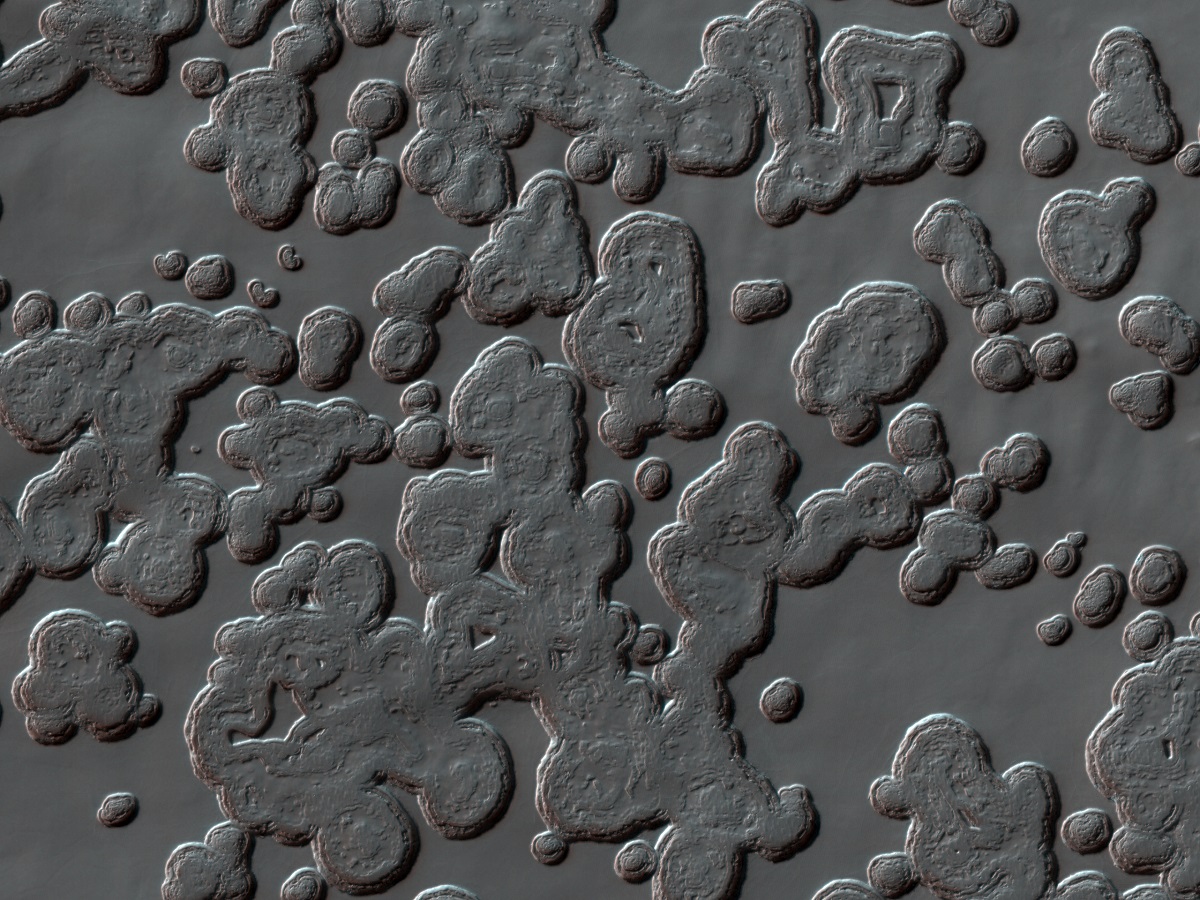 South Pole Residual Cap Features-Swiss Cheese Terrain
South Pole Residual Cap Features-Swiss Cheese Terrain
Significant Discoveries
Among the many significant findings associated with Mars’ South Pole, the confirmation of extensive sub-surface water ice deposits stands out. Hidden beneath seasonal layers of carbon dioxide ice, these water ice reserves may constitute one of the largest aquifers on the planet. Their presence has game-changing implications for both scientific inquiry and future manned missions to Mars, potentially serving as a resource for water extraction and fuel production. Another major discovery is the stratification of the ice cap layers, which appear to correspond with distinct climatic epochs on Mars. This layering provides a rare opportunity to delve into the planet’s climatic past. Furthermore, although it is still a subject of ongoing study, some evidence suggests the potential presence of organic compounds in the Martian soil near the South Pole. If confirmed, this could be a groundbreaking discovery that would escalate the pole’s significance in the search for signs of past or present life on Mars.
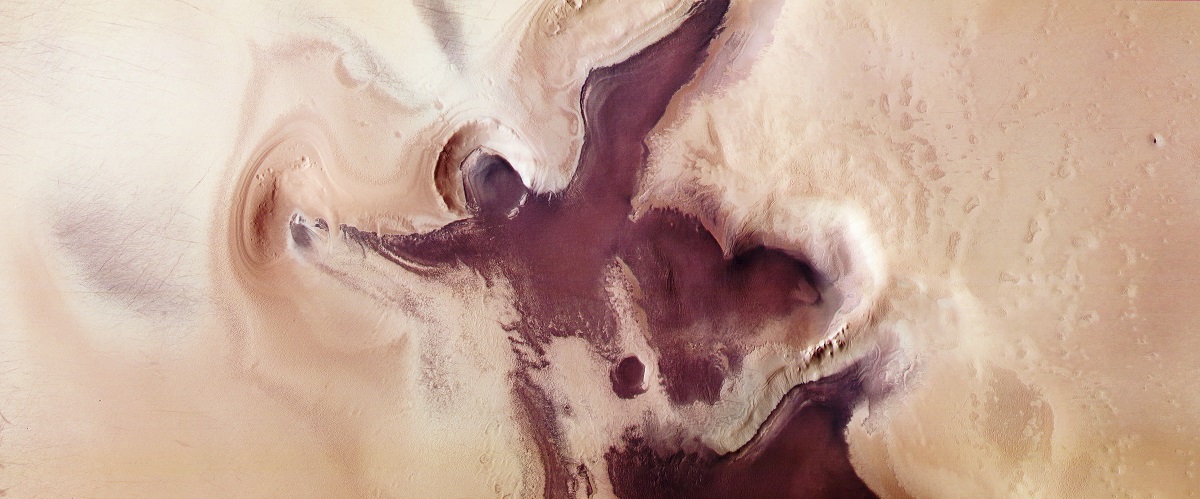 Festive Silhouettes Near South Pole]
Festive Silhouettes Near South Pole]
Scientific Missions
Several missions have contributed to our understanding of Mars’ South Pole. NASA’s Mars Global Surveyor was among the first to capture high-resolution images, and its laser altimeter contributed important topographical data. The Mars Reconnaissance Orbiter has been a key player in the scientific exploration of the pole, providing not only high-resolution images but also invaluable data on ice cap composition, layering, and sub-surface features through its SHARAD (Shallow Radar) instrument. The European Space Agency’s Mars Express mission has augmented this body of knowledge with its radar sounder, MARSIS, which has probed beneath the surface to identify previously unknown sub-surface features, such as possible water-ice deposits.
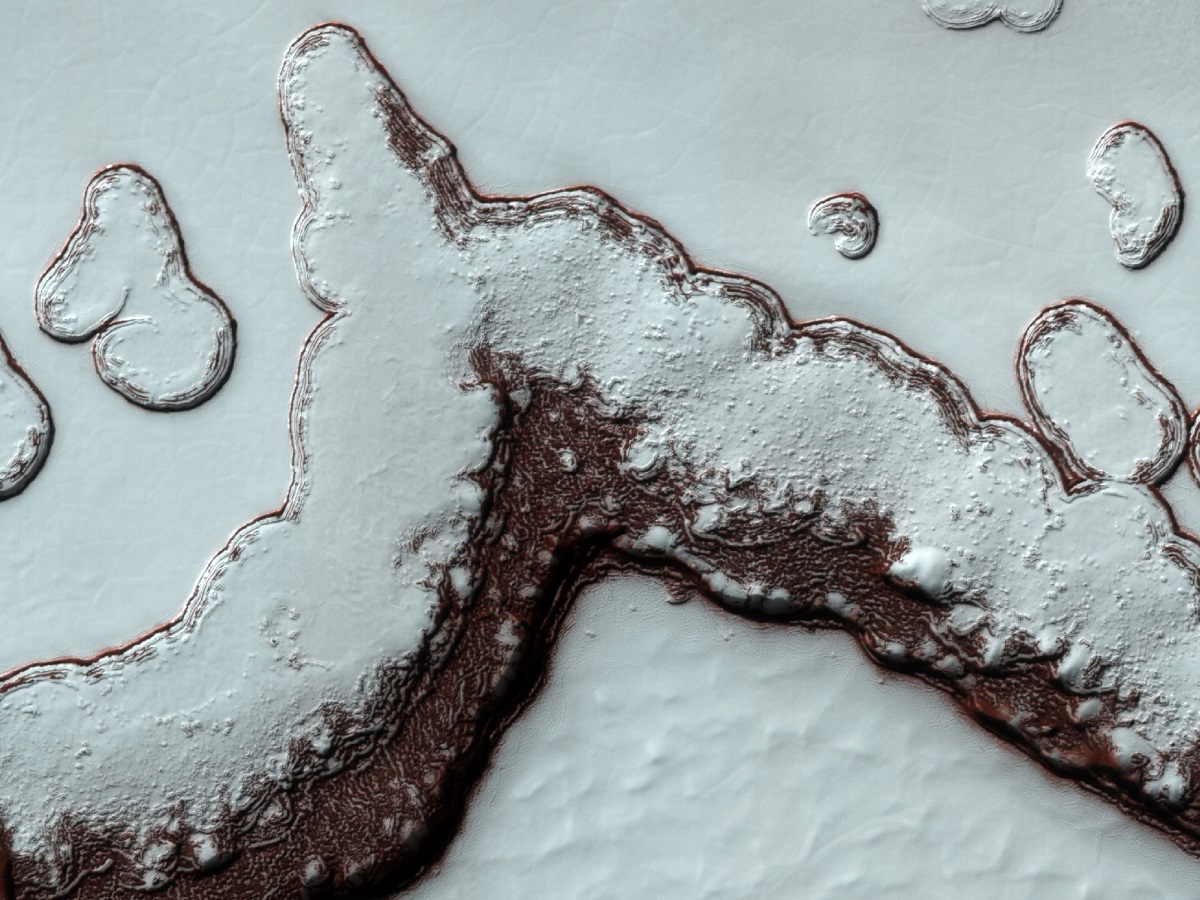 Remains of Summer at the South Pole
Remains of Summer at the South Pole
Geomorphological Features
The geomorphological traits of the South Pole are incredibly diverse and intriguing. The polar landscape boasts a unique collection of dunes, furrows, and chasms, thought to be sculpted primarily by the powerful Martian winds that whisk across the icy plains. One of the region’s most captivating features is a set of spiral troughs that seemingly twist around the pole. These are believed to be the products of katabatic winds that are shaped by the planet’s Coriolis effect. In addition to these, the South Pole is also marked by peculiar formations known as “spiders,” which are radial channels etched into the icy surface. These features are believed to be unique to the Martian polar regions and are most likely formed through the sublimation of carbon dioxide ice. The intricate interplay of wind, temperature, and ice at the pole has led to a complex array of surface features, each of which offers a clue into the ongoing geological and climatological processes on Mars.
The South Pole of Mars is more than just a frozen wasteland; it’s a dynamic, ever-changing landscape that holds invaluable clues to the planet’s past and present. Its unique geographical location and geological composition make it an important focus for future scientific missions. The significant discoveries already made, from vast water ice reserves to potential climatic records, make it a compelling target for ongoing and future exploration. Understanding the South Pole is not just crucial for understanding Mars as a whole, but also for preparing for future human exploration and, perhaps, even colonization.
Check out our 3D Mars Learning Center for more information on Mars and the South Pole of Mars. You can also learn more at: NASA Mars Exploration.
More About Mars
Contact us today to learn more about our 3D services and how we can help you achieve your goals.
